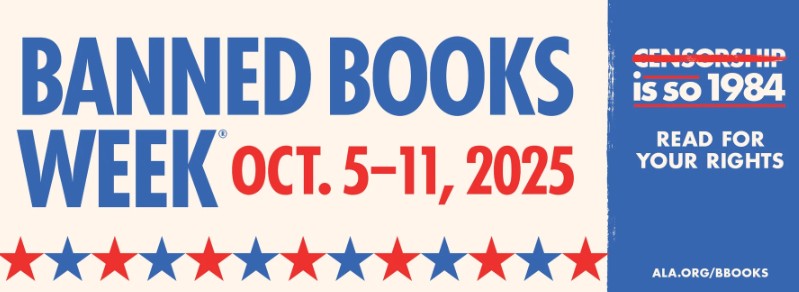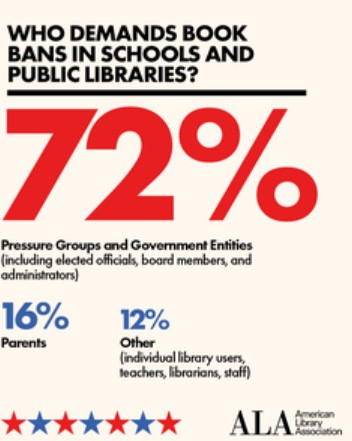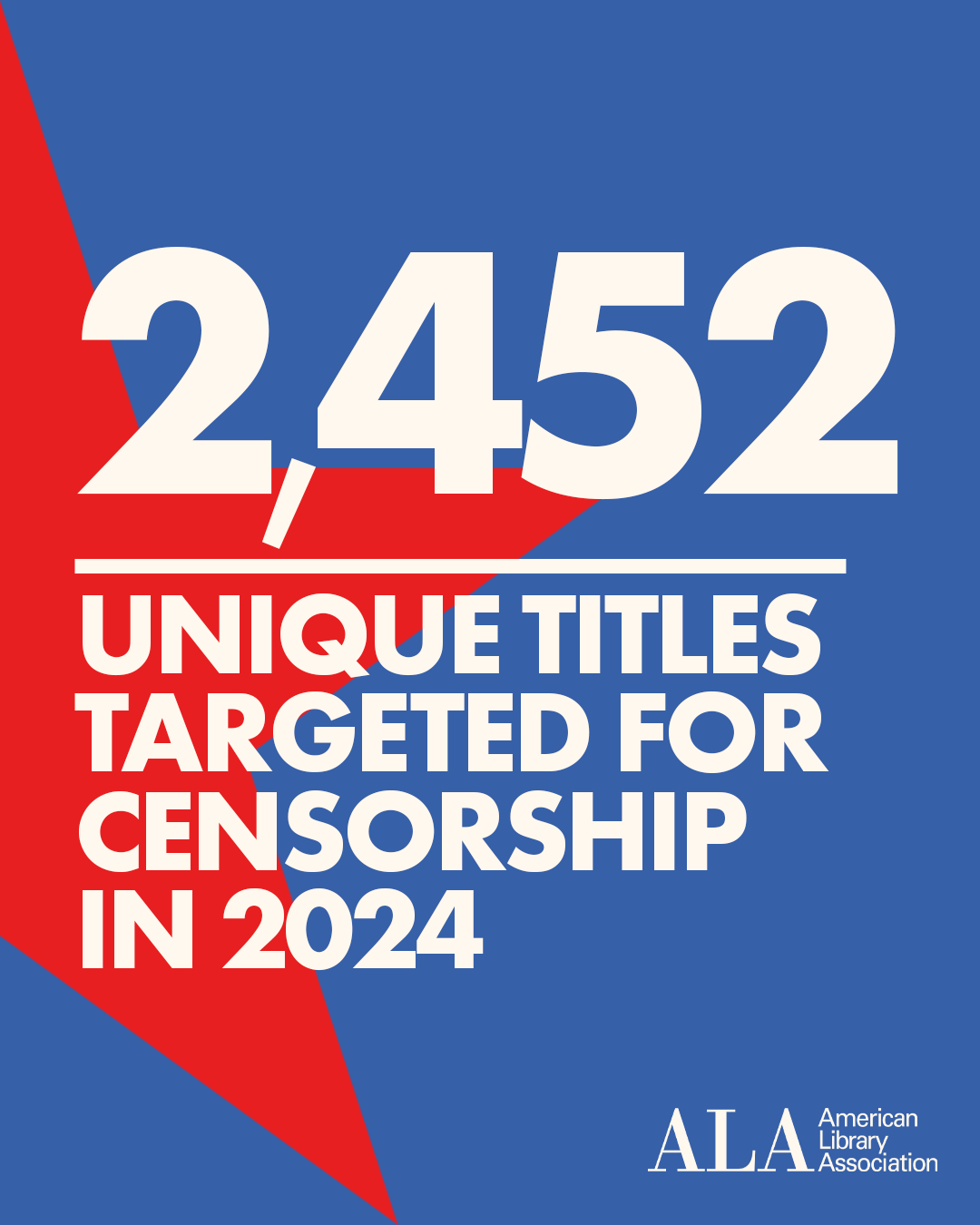Censorship by the numbers
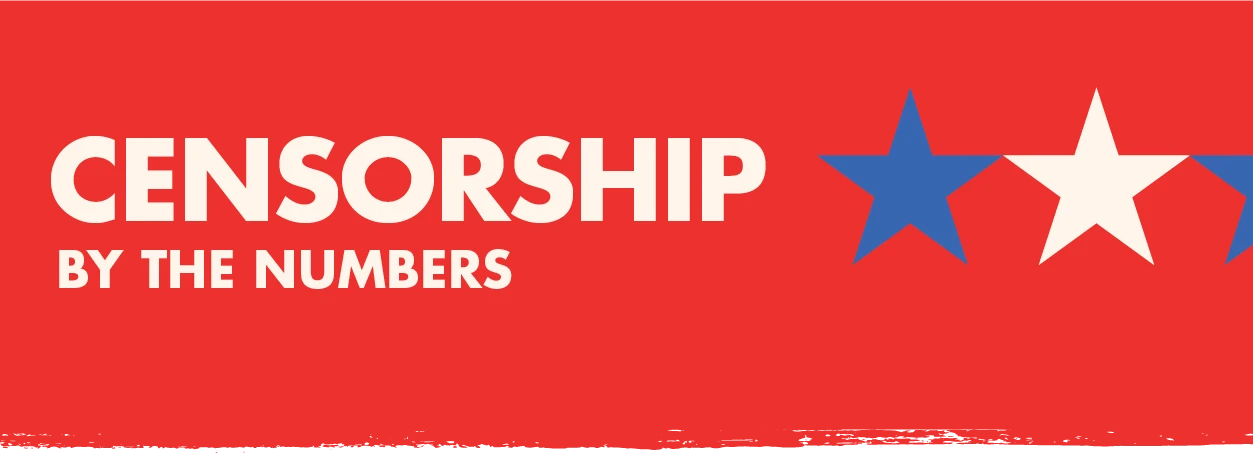
Librarian Voices
Steamboat Springs Campus Library Director, Tracey Hughes, shares these thoughts about freedom and reading:
Why the Freedom to Read Matters
As a librarian, I often frame this work not as “opposing censorship” and instead as supporting the freedom to read.
That freedom is deeply rooted in the First Amendment of the Constitution: “Congress shall make no law… abridging the freedom of speech, or of the press.”
At Colorado Mountain College, we define information literacy as:
“The set of integrated abilities encompassing the reflective discovery of information, the understanding of how information is produced and valued, and the use of information in creating new knowledge and participating ethically in communities of learning.”
This definition only works if the freedom to read is preserved. To become truly information literate, we need the ability to encounter ideas that challenge us, perspectives that differ from our own, and stories that reflect the vast diversity of our world. This is what sparks critical thinking, broadens perspective, and strengthens intellectual freedom.
Reading can be a deeply personal journey. Sometimes we see ourselves reflected in a book, sometimes we encounter something completely new, and sometimes we come across a story that resonates with our own experiences in unexpected ways. Each of these moments helps us grow, fosters empathy, and builds common ground across the human experience.
That’s why I believe decisions about what to read, or when or where to read it, belong to us as individuals, families, and scholars, not to gatekeepers. Supporting the freedom to read ensures that choice remains where it belongs: with the reader.
This principle is more than a professional stance for me. It’s the foundation of academic freedom and integrity. It’s also enshrined in the Freedom to Read Statement, first adopted in 1953 and still a guiding light for librarians today.
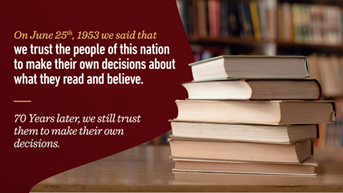
— Tracey Hughes, Director, CMC Steamboat Campus Library

